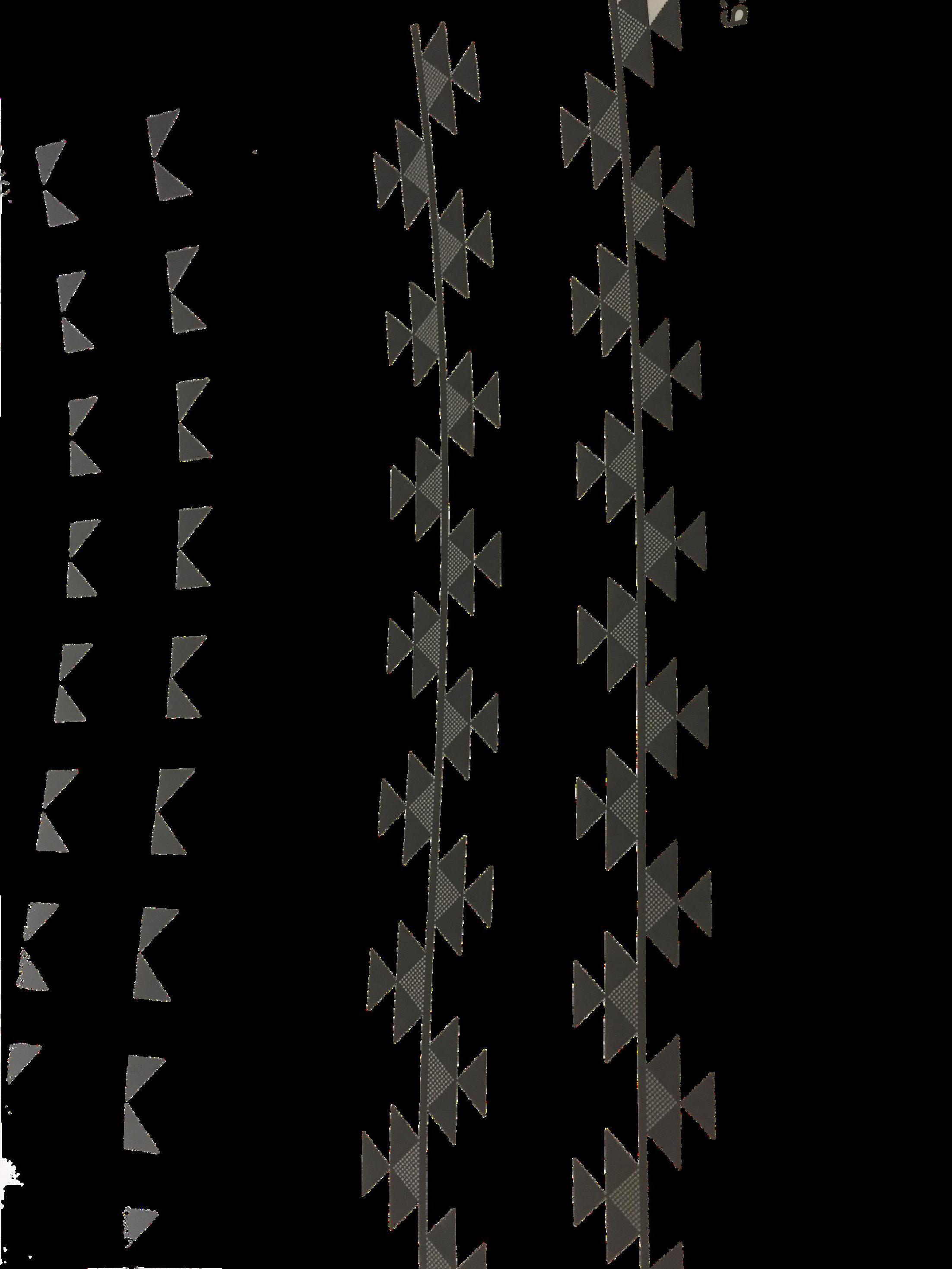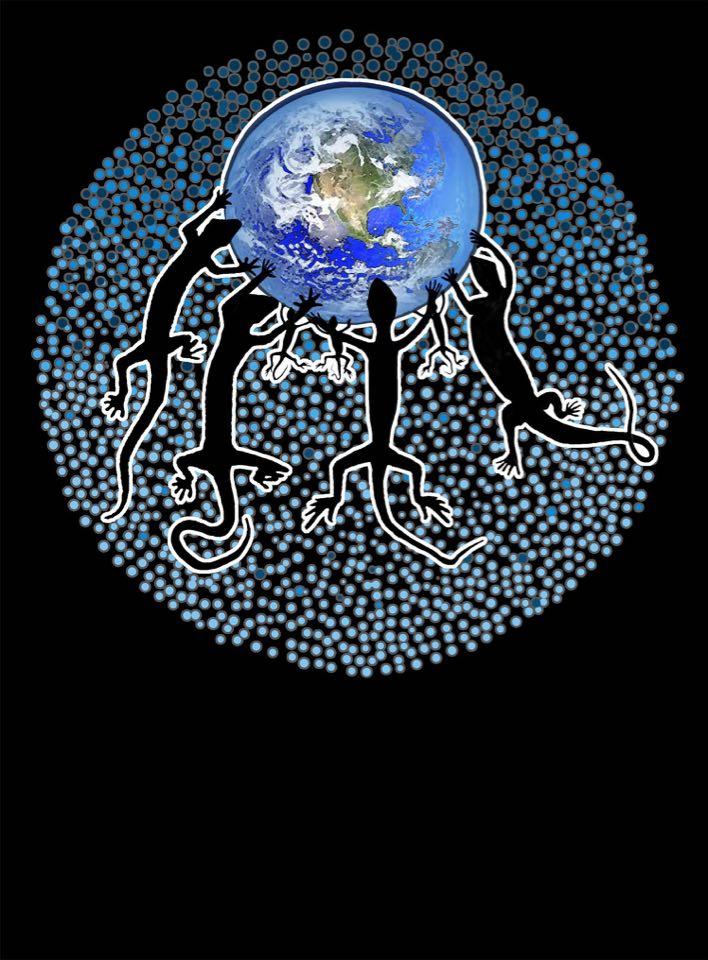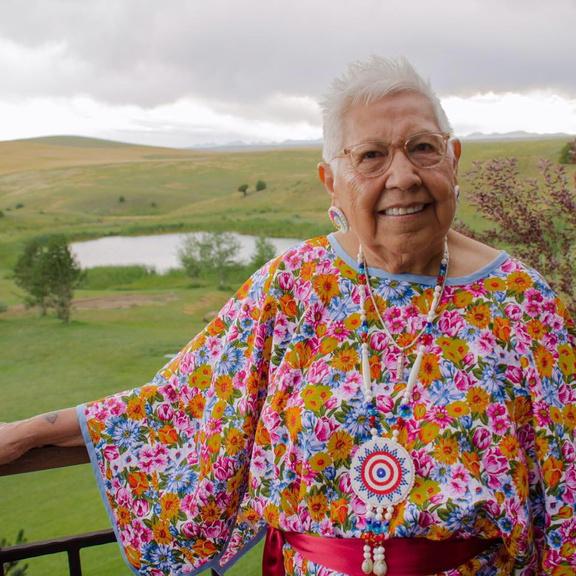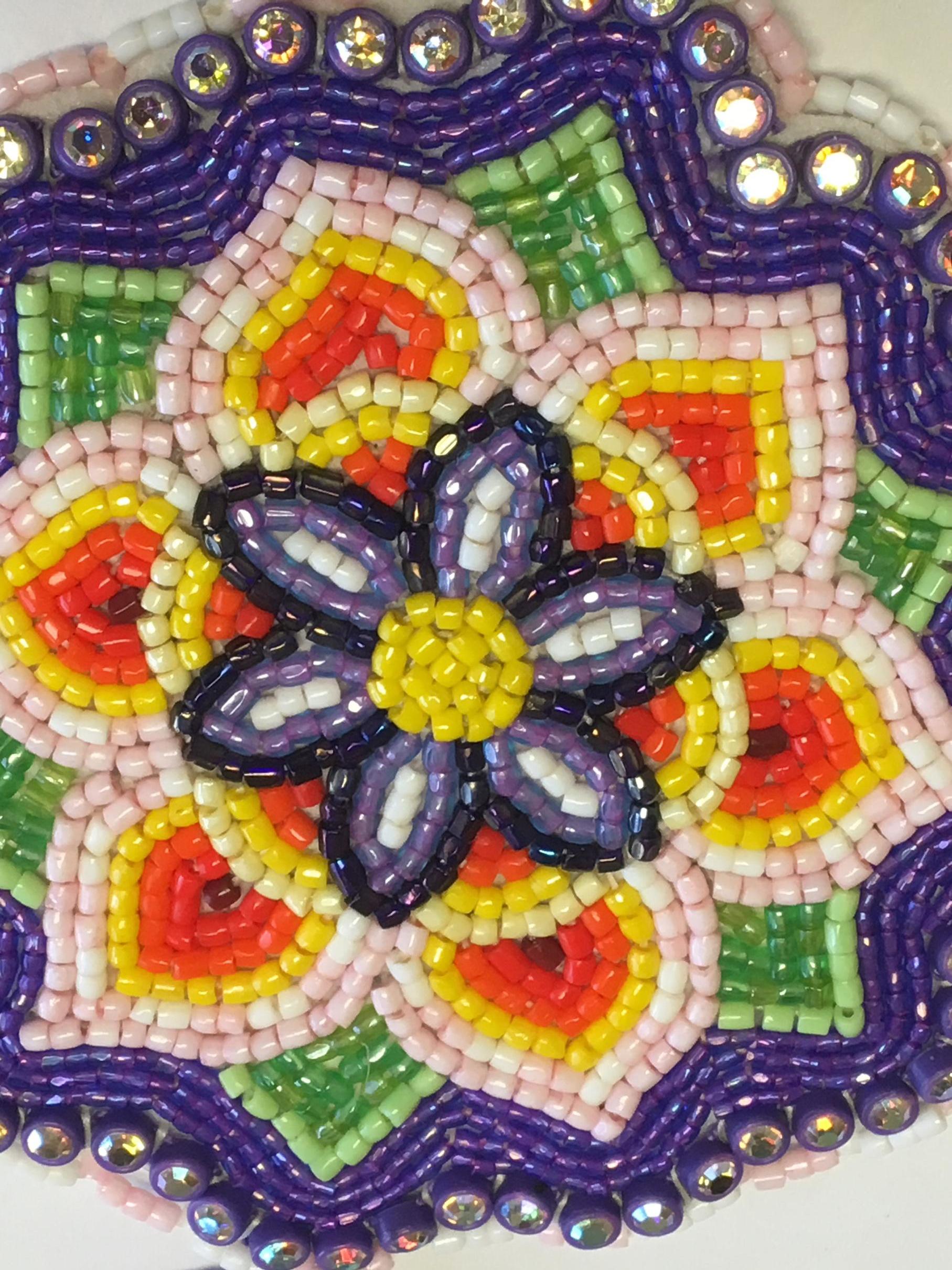
6 minute read
Introduction
Land Defenders & Water Protectors
A program of Seventh Generation Fund for Indigenous Peoples that supports Indigenous grassroots organizations protecting Mother Earth’s natural systems and ability to nurture and sustain life.
Introduction
Since 1492 we have witnessed and survived a sickness that the Doctrine of Discovery brought to the western hemisphere and throughout other parts of the world. Monolithic regimes brought by colonialism justified the domination and objectification of Mother Earth. Through domination, control and brutality we have seen water, land, air, and species be exploited with little hesitation by statesanctioned private industries. Indigenous ways of understanding relationships to all human and non-human kinship have been undermined, silenced, and repressed in the last 500 years.
We are now witnessing International arenas such as the United Nations begin to amplify the voices of Indigenous Peoples in climate actions and conversations. A 2019 UN report found that although Indigenous Peoples only make up 5% of the global population, we protect 80% of Mother Earth’s Biodiversity. With that, we are also seeing more people are now advocating for private property owners and governments to give land back to Indigenous Peoples as a necessary step to addressing climate change and centuries of wrongdoings.
Seventh Generation Fund for Indigenous Peoples is dedicated to the self-determination and sovereignty of Native Nations. Since the inception of the organization, the board has always comprised of resilient Indigenous cultural bearers from throughout the Indigenous World. In 2016 with the support of the Christensen Fund, we launched our Tradition Bearers for Bio-Cultural Diversity Fellowship where we were able to recognize Individuals, elders and culturally anchored Indigenous Peoples who are strengthened by tradition and are empowering the future.
In this publication you will read submissions from a selection of our current board members alongside some of our Tradition Bearer for Bio-cultural Diversity Fellows from 2017, 2018, and 2019. We asked them to reflect and share on climate chaos, prophecy and rebalancing. As you read through this publication, we invite you to do the same.
Carlrey Arroyo (Yoeme, Xicanx) Seventh Generation Fund Program Coordinator, Land Defenders and Water Protectors Table of contents
1 Introduction 2 Dr. Henrietta Mann 4 Brian Monongye 7 Lani Hotch 9 Edward Wemytewa 12 Duane Chili Yazzie 15 L Frank Manriquez 18 Michael Martin 21 Platform for Action 23 About Seventh Generation Fund

The cover art depicts a scene of "Seven giants who hold up the world" these beings help Creator and maintain balance by upholding the earth. L. Frank Manriquez (Tongva, Acjachamen, Raramuri)


Being a Good Ancestor
Being a Good Ancestor Presented at Keeping the Homefires Burning Gathering Coeur d’Alene Nation, Worley, Idaho June 25, 2015 Battle of the Little Big Horn Anniversary, 1876
Dr. Henrietta Mann (Southern Cheyenne) Seventh Generation Fund Board Chairperson
DR. HENRIETTA MANN


Native American education has been the focal point of her work for more than 50 years. In 1991, Rolling Stone Magazine named her as one of the ten leading professors in the nation. In 2016, Dr. Mann became one of the first two Native American educational scholars ever to be elected to membership in the National Academy of Education.
Henrietta also is sought out as a spiritual mentor and she has prayed at ceremonies ranging from Indigenous gatherings in New Zealand to Ground Zero. At 16 she enrolled at Southwestern Oklahoma State University in Weatherford and earned her Bachelor of Arts in Education degree, later earning a Master of Arts degree from Oklahoma State University, and a Doctor of Philosophy degree from the University of New Mexico.
Our genesis marks the beginning of cultural development, which is in a constant state of becoming. As much as we would like to replicate exactly what once was, Indigenous People are reality-based. Would any of us want to have lived during the Wounded Knee Massacre, the twin massacres of Sand Creek and the Washita, or in California following heartless Gold Rush days?
Would any of us want to endure the Long Walk, the Trail of Tears, the walk back to the beloved northland, or the Fort Robinson breakout? Without a doubt our ancestors would make the sacrifice again, because they wanted life for us. They also possessed the knowledge from their creation stories which taught that they were to live out their days in a compassionate, peaceful, happy and plentiful world. One has to recognize the tremendous wealth of the ways of living we possessed then and still possess today. Furthermore, one has to acknowledge the spirituality with which we have been blessed—sacred ways that are earth-born and earth-based. We are an extension of earth—this land that has given us life and which we in turn renew and revitalize through our respective ceremonies. We have deep and strong spiritual roots in this our motherland. We maintain our connection to our special prayer places and return time and again to make our offerings and sacrifices, sing our songs, renew our spirits, and to pray for the earth and all life.


Our spirituality is our greatest strength and resource. As such, we must honor and celebrate it with thanksgiving. Our prayer ways are durable in that they survived the relentless three-prong attack by the church, federal government, and education. Religious freedom, however, is a continuing quest, particularly in relation to sacred sites protection. Resource exploitation has no heart and is compromising the sanctity of earth, inasmuch as we currently are experiencing earth changes and its warming.
The Cheyenne initially could not comprehend Sweet Medicine’s prediction that the “earth would burn. ” However, it is understandable today with warming of the earth, glacier melt, rising sea levels, and temperature extremes. All of the planet’s inhabitants face a challenging future in terms of earth’s destabilization and unpredictable weather patterns.
Indigenous world views recognized the necessity of a strong environmental ethic, which is characteristic of living in an interdependent, relational world. However, our ancestors’ environmental ethic has been negated, which has tremendous implications for all life. It requires sustained, courage in speaking for the earth and those who have been forgotten by the selfish and thoughtless ones, who are bringing us to the brink of ecological suicide.
What kind of future lies ahead for our children the most cherished of all that we are as Xamaavoestaneo’o, “the natural people of our beloved homelands?” Without the younger generations there would be no one to whom we could stand as an ancestor.
Children and youth, who represent our primary human resource, are clearly a valued asset. Asset building or nation building must develop programs that promote strong, respectful, and independent younger people, who are adaptable, positive, hopeful, and who can live in any environment as a good relative.
In this mutually interrelated world of ours, every person was given an identity, a purpose, a responsibility, and certain prescribed kinship obligations. We are taught to remember that people are more important that the accumulation of material wealth. We each have a responsibility, not just to others, but to the humble place that we each occupy in the circle of life.
In closing, it is our responsibility to pass down to our children and grandchildren the incredible ancestral treasure of traditional knowledge, specifically it’s philosophies, languages, spirituality, and environmental ethic. It is imperative to continue to build upon and honor our respective cultural knowledge. “Being a good ancestor” honors the gifts from the past and the hope of the future. Na nea-eše.


